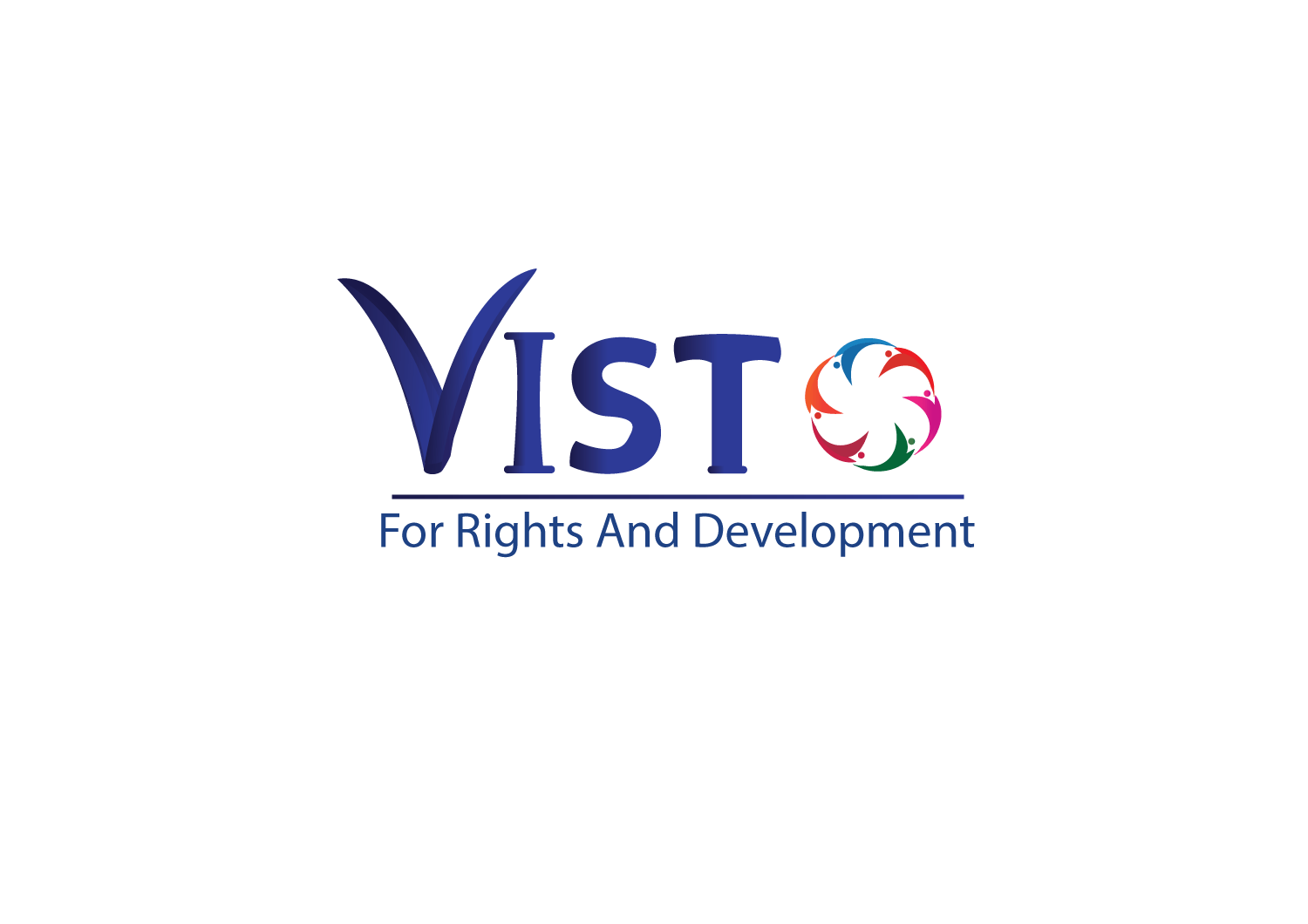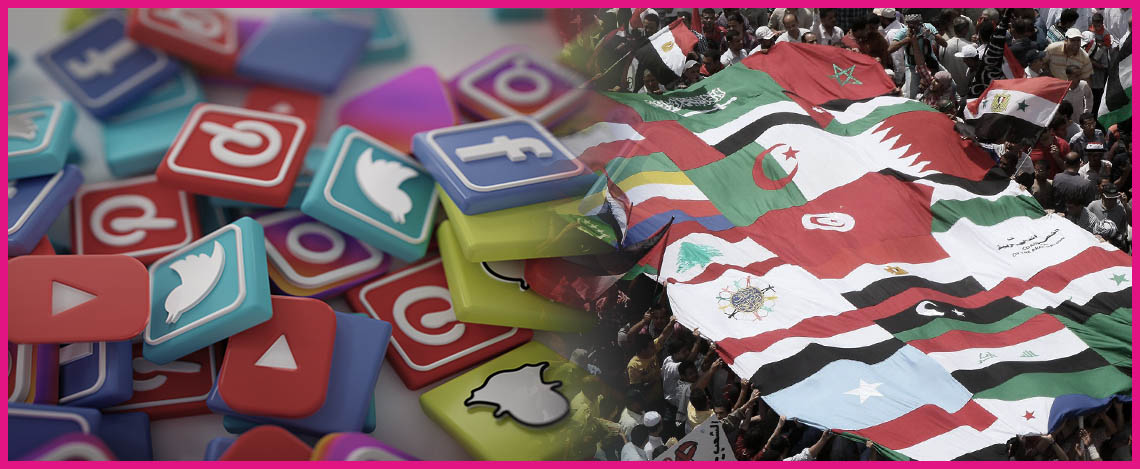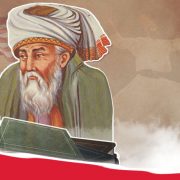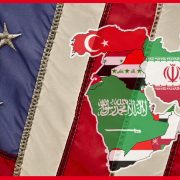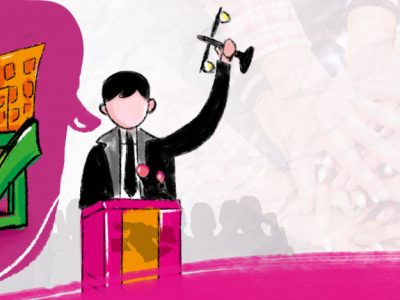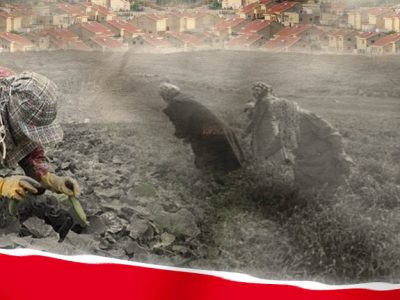Social movements have played important, even central, roles in the past century, on both local and international levels. They have been able to influence policies, laws, and even forms of political systems.
Political science and sociology have developed a variety of empirical theories and researches on social movements. In the 1970s, the Resource Mobilisation Theory (RMT) emerged as a critique to existing theories which claimed that social movements arise from conditions of social disorganisation and that those involved in them come from disadvantaged or marginalised backgrounds. RMT argues that in order for social movements to succeed, they must obtain the necessary resources that guarantee their organisation, continuity, and dissemination of ideas. Among the most important of these resources are money, cadres, skills, alliances with other groups and elites, in addition to traditional and modern means of communication (John & Mayer, 2017), which are reviewed in detail below.
This article argues that social media contributed to accelerating the recruitment and mobilisation of social movements. At the same time however, social media has changed the collective identity and role of leaders in social movements.
Social media in place of social networks and the public space
In simple terms, social networks are tools used to reach and influence the public sphere. According to German philosopher and sociologist Jürgen Habermas, the public sphere consists of a group of citizens who meet to discuss general and varied issues. Platforms for discussion include cafés, universities, public places, clubs, etc. (Habermas, Burger, & Lawrence, 2001). With the emergence of traditional media such as television and radio, mutual and group interactions were replaced by a unidirectional model of interaction where the state imposed a top-down flow of information. This has weakened participation in dialogues and discussions of various issues by social movements and members of society as a whole. In order to counter the influence of the regime’s media in the public sphere, social movements have relied on collective social networks (Habermas, Burger, & Lawrence, 2001).
Social media networks have replaced the pre-existing mobilisation structures, hence becoming the new coordinating tool for almost all social movements in the world
The advent of the Internet in the 1990s marked a turning point in interpersonal communication. The number of people connected to the Internet has increased to billions of users. This qualitative development in the means of communication greatly affected the mobilisation of resources among social movements. It also restructured the relationship between these social movements, the public sphere, and the form of to-and-fro information flow. This has resulted in a major shift in social network structures, where social media networks have replaced the pre-existing mobilisation structures, hence becoming the new coordinating tool for almost all social movements in the world in recent years (Shirky, 2011).
Social media has two types of influence on social movements. The first was to accelerate recruitment, mobilisation, communication and dissemination of information as well as to expand spaces of mobilisation which were not present in traditional mobilisation techniques (Eltantawy & Wiest, 2011, pp 1209-1210). Social movements can reach millions of people inside and outside the country through Facebook and Twitter. The rapid spread of information helps to validate and expand information, as well as override the system’s media bias. This transformation has given social movements the ability to propagate a narrative that works to their advantage and creates sympathy for their cause (Clark, 2012). The revolutions and protests that erupted in the MENA region in 2010 are examples of the role of the Internet and social media that enabled protesters to bypass government censorship and communicate with the general public.
The second effect of social media networks was that they have led to essential changes in the processes and tactics that stimulate participation and organisation. This runs contrary to what used to be characteristics of social movements, whose activities required physical presence to be organised, and where the transmission of information and instructions was possible by physical human contact. Such characteristics required social movements to spend more time and exert more effort to organise, while their impact was restricted by limited mobility across physical spaces (Earl & Kimport, 2013).
Social media networks and collective identities
In addition to the fact that social media is a tool for disseminating information and coordinating activities, it also represents an emotive platform for the construction of identities, sharing of emotions and building collective feelings (Wolfson & Funke, P, 2017). New social media has promoted a new type of virtual collective identity (Earl & Kimport, 2013).
Historically, peaceful or violent demonstrations have been a means of expression and creating change for social movements. Central to these protest movements are their members, who have common identities and ideologies. That is to say, the greater the commonality between the identity of the social movement and the society in which it operates, the more the members of that society are likely to become more involved in the protest movement. Both Swen Hutter and Hanspeter Kriesi (2013) argue that in recent years community members have moved away from engagement in traditional political protests. They also argue that protests have often become less based on identity and more based on specific issues. This was reinforced by the emergence of social media.
Social media has provided platforms for ideologically differentiated organisations and individuals, whose demands can be united on specific issues, effectively forming “event-based coalitions”
Based on the identity and ideological formations, two main types of protests emerge. The first one is built around the considerations and interests of the social movements themselves, even if their rhetoric speaks of the interests of the society as a whole. The other type is based on the interests of the majority of social movements and diverse social groups.
Social media promoted the second type of protest. It has provided platforms for ideologically differentiated organisations and individuals, whose demands can be united on specific issues, effectively forming “event-based coalitions” (Whittier, 2014). These coalitions focus on a common goal and converge around specific actions or tactics whose continuity is limited and conditioned by the continuity of the event itself. (Whittier, 2014).
Social media networks and the making of leaders and actors in social movements
Historically, leaders have played significant roles in communication, rallying and mobilisation. Social movements have invested in building leadership skills as one of the main mechanisms for transforming the human resources into a collective force determined to achieve the movements’ goals. Leadership is critical to effective social movements at the individual, community, and institutional levels.
One example in recent history on the role of leadership in social movements is Emmeline Pankhurst, founder of the Women’s Franchise League in England in 1889. Pankhurst showed unique leadership skills; she managed to influence several women’s sectors and change their convictions about their rights. She led widespread protests against laws denying women’s right to vote. Indeed, after a series of struggles and protests, British women forced the passing of a law granting them the right to vote in 1928.
In the United States of America, Martin Luther King, whose “magical” leadership of the “Civil Rights Movement” led to peaceful protests in 1955 that culminated in the establishment of civil and political rights for African Americans in the country.
Social movements are initiated by a group of actors and leaders who may be the main victims of certain political systems or the holders of strong anti-government ideas. These leaders play a central role throughout the movement’s life cycle to achieve its goals. They are called “Key Social Movement Actors” (Andrews, 2002, p. 114). During the least active period of the movement, the prime leaders remain active to circulate information and attitudes and to interact with members of their group to keep the movement going. These leaders start and establish the movements and remain active until the end (Andrews, 2002, p. 114).
Social media has reduced the significance of having charismatic and central leaders in social movements. It facilitated mobilisation, and, though critical, mitigated the effects of the absence of charismatic leaders (Poell et al., 2015, pp. 995-996). Social movements have become dependent on various levels of leadership and activists to convey their messages and ideas, and to show solidarity with these ideas in certain campaigns.
Social media, by its nature, promoted decentralisation at the expense of centralisation, and technical networks at the expense of the hierarchical nature of structures. It also favoured activists who have many followers on social media platforms in place of experts
The influence of social media on the role of leaders started in the mass protests that erupted in the past ten years in different regions, especially in the Arab world. These protests shared important characteristics. They have no leaders, and their organisation and principles were not defined or sanctioned by central committees. The power of social media mobilisation is a critical factor in movements that no one leads. At the same time, mass movements that are not subject to a leadership that claims to represent the ‘will of the people’ risk internal disagreements. This makes these movements difficult to negotiate with, but also easy to suppress.
Social media, by its nature, promoted decentralisation at the expense of centralisation, and technical networks at the expense of the hierarchical nature of structures. It also favoured activists who have many followers on social media platforms in place of experts. For central organisational leaders not to lose their ability to communicate with people, they have to adapt to the evolution of online communication. Otherwise, online activists will take their place in influence and communication. This role in the context of social media does not, however, compensate for the role of leaders in managing the movement or organisation as well as ensuring its organicity and, hence, continuity. Nor does such a role compensate for the strong messages that resonate with the public coming from central leadership.
Summary
Social media represented an opportunity for researchers in the field of social movements to study modern communication technologies and their impact on the tactics and options of social movements. New media technologies have played a vital role in the recent wave of protests and revolutions in the world. In particular, social media provides a participatory media environment that makes it an effective rallying and mobilisation tool for social movements. This contributed to the presence of social movements in the public domain. In return, however, social media has given an active role to activists and intermediate leaders as competitors to central leaders in social movements.
Social media represented an opportunity for social movements to promote their ideas in a rational way. It is in their interest to promote their cause in a way that takes into account the collective identity at the expense of the identity of the group itself. The greater the intersection of the demands of social movements and their harmony with the collective identity, the greater the number of members of society likely to participate in the protests and campaigns to achieve these demands.
Keywords: Social Movements, Social Media, Resource Mobilisation, Collective Identity, public opinion.
References
Andrews, K. (2002). Creating Social Change: Lessons from the Civil Rights Movement. In Meyer, D; Whittier, N; Robnett, B (Eds.), Social Movements: Identity, Culture, and the State(pp. 105-117). New York: Oxford University Press.
Clark, E. (2012). Social Media & Social Movements: A qualitative study of Occupy Wall Street. Södertörn University.
Curtis, RL, & Aguirre, BE (1993). Collective behavior and social movements. Boston: Allyn and Bacon.
Earl, J., & Kimport, K. (2013). Digitally enabled social change: activism in the internet age. SL: Mit Press.
Eltantawy, N., & Wiest, JB (2007). The Arab Spring | Social Media in the Egyptian Revolution: Reconsidering Resource Mobilization Theory. Journal of Communication, 5, 1207-1224.
Habermas, J., Burger, T., & Lawrence, F. (2001). The structural transformation of the public sphere: an inquiry into a category of bourgeois society. Cambridge (Mass.): MIT.
Hutter, S., & Kriesi, H. (2013). Movements of the Left, Movements of the Right Reconsidered. In Stekelenburg, J; Roggeband, C; Klandermans, B (Eds), The future of social movement research. Dynamics, mechanisms, and processes. Minneapolis, MN: University of Minnesota Press.
John, D M, & Mayer, NZ (2017). Resource Mobilization and Social Movements: A Partial Theory. Social Movements in an Organizational Society, 15–42. doi: 10.4324 / 9781315129648-1.
Poell, T., Abdulla, R., Rieder, B., Woltering, R., & Zack, L. (2015). Protest leadership in the age of social media. Information, Communication & Society, 19(7), 994-1014. doi: 10.1080 / 1369118x.2015.1088049
Shirky, C. (2011). The political power of social media: Technology, the public sphere, and political change. Foreign Affairs,90 (1), 28-41.
Whittier, N. (2014). Rethinking coalitions: anti-pornography feminists, conservatives, and relationships between collaborative adversarial movements.Social Problems 61, 175–193. doi: 10.1525 / sp. 2014.12151
Wolfson, T., & N. Funke, P. (2017). Contemporary Social Movements and Media: The Emergent Nomadic Political Logic and Its Nervous System. In Smith, J; Goodhart, M; Manning, P; Markoff, J (Eds.), Social Movements and World-System Transformation(pp. 76–93). New York: Routledge.
Visto International bears no responsibility for the content of the articles published on its website. The views and opinions expressed in these articles are those of the authors and do not necessarily reflect the official policy or position of the Organisation. All writers are encouraged to freely and openly exchange their views and enrich existing debates based on mutual respect.
